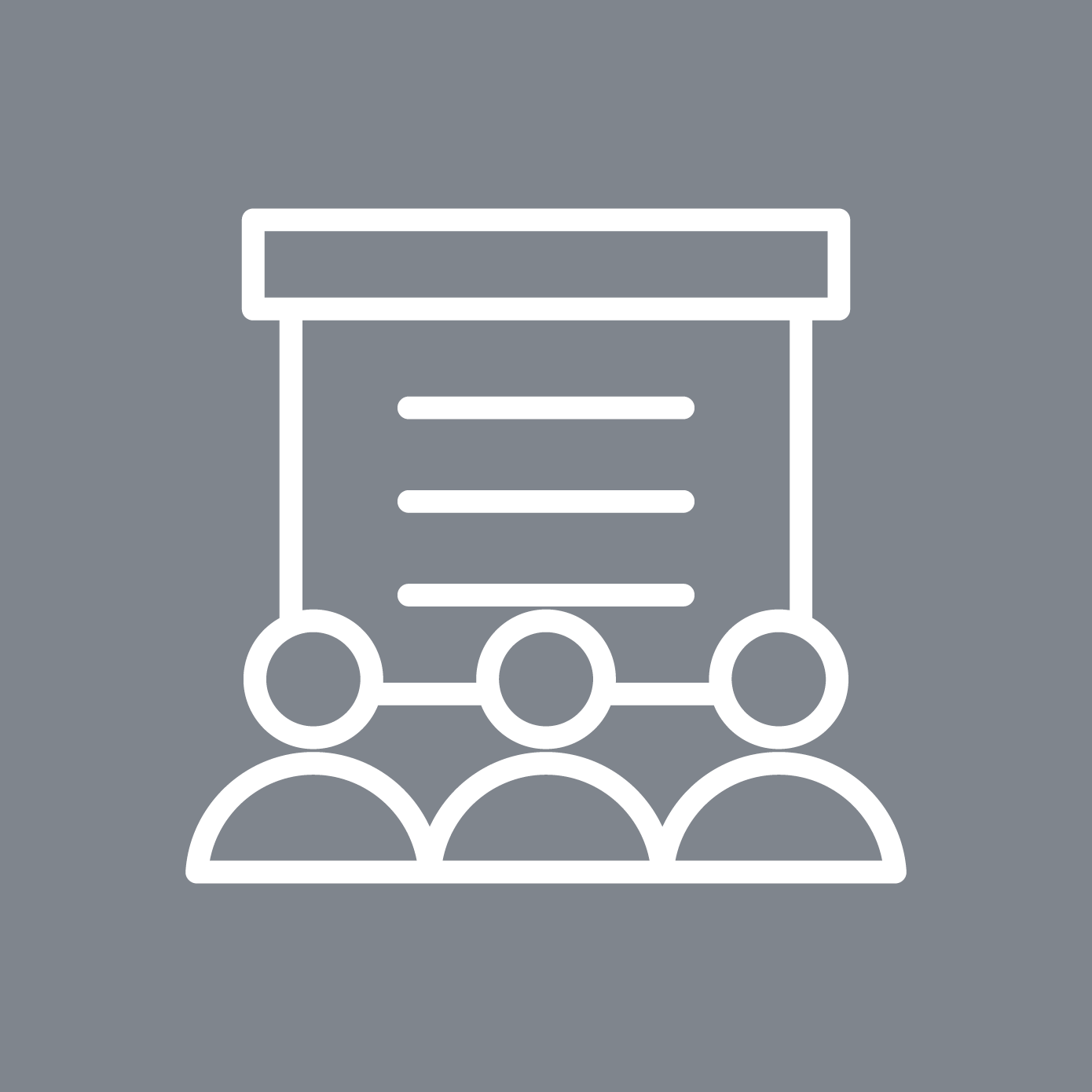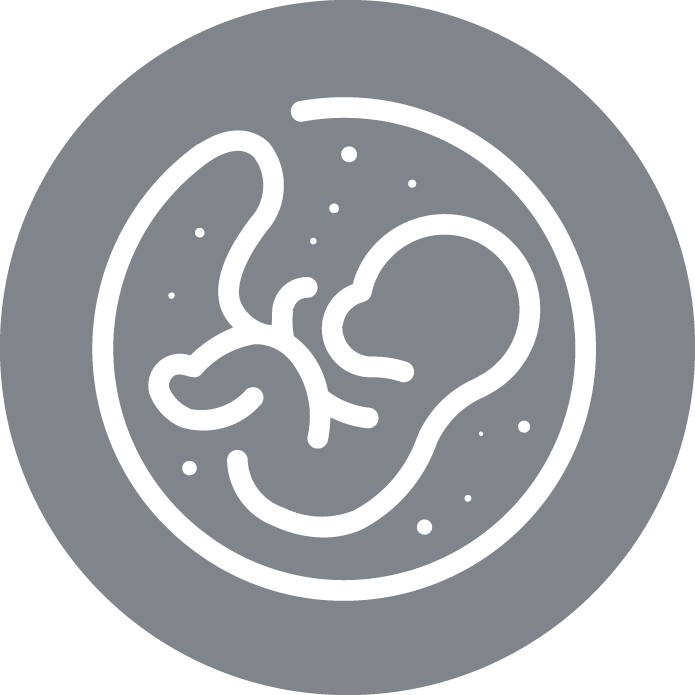Ovarian stimulation, the new protocols that improve IVF treatment
Ovarian stimulation is one of the most important steps in In Vitro Fertilization and, fortunately, one of the most evolved in the last decade.
The development of new drugs to recruit follicles and retrieve oocytes, as well as the updating of the employment protocols, have provided safety and quality to IVF treatment. But these are not the only advances that have been made in this procedure. In this post, we will tell you the big steps we have taken in ovarian stimulation.
What is ovarian stimulation?
Ovarian stimulation is a process by which controlled hormonal medication is administered to promote the growth and maturation of multiple follicles in a woman's ovaries. Under natural conditions, usually only one of these follicles reaches the development necessary to release a mature egg during the menstrual cycle. However, in In Vitro Fertilisation treatments, the aim is to obtain several eggs simultaneously in order to increase the chances of fertilisation and, therefore, of pregnancy.
The main drugs used for stimulation contain hormones such as FSH (follicle stimulating hormone) and, in some cases, LH (luteinising hormone) or analogues, depending on the clinical situation of each patient.
‘We currently have various ovarian stimulation protocols that can treat different women on an individual basis. Advances in the prediction of ovarian reserve by biomarkers have allowed us to know in advance the ovarian response capacity of each patient and, from there, to build a personalised stimulation protocol for her needs, as well as estimating her quantitative response and better defining her prognosis,’ explains Dr Fabio Cruz, Director of the Advanced Course on Ovarian Stimulation and Embryo Transfer at IVI Education.
Improved reproductive success
Today, ovarian stimulation is no longer a danger as it was 25 years ago, where hyperstimulation could pose a serious problem for patients and their reproduction project.
"Now we not only know how to precisely stimulate the patient, without taking great risks, but we also have information about the impact of stimulation on endometrial receptivity, which allows us to pay special attention to embryo transfer and preparation of the endometrium, improving the results of reproductive treatment," adds Dr. Cruz.
Main types of ovarian stimulation protocols
Although there are many variations, the most commonly used ovarian stimulation protocols fall into three broad categories:
Long protocol with GnRH agonists.
Until a decade ago, this was the most commonly used. It consists of the prior administration of GnRH agonists to achieve complete pituitary suppression before starting the gonadotropin stimulation phase.
- Advantage: Avoidance of uncontrolled LH peaks and precise coordination of follicular response.
- Disadvantage: May prolong treatment and is sometimes associated with increased side effects.
Short protocol with GnRH antagonists
This is currently one of the most popular protocols. It starts ovarian stimulation directly with gonadotrophins, and GnRH antagonists are added in the intermediate phase to prevent premature ovulation.
- Main benefit: Shorter treatment duration, reduced risk of hyperstimulation and easier monitoring.
- Additional benefit: Especially useful for patients with good ovarian reserve or those at high risk of hyperstimulation.
Progestogen suppression protocol (luteal phase protocol)
This has been introduced more recently and is gaining relevance due to its simplicity and convenience for the patient:
- It uses oral medication (progestogens) to inhibit natural ovulation and allow adequate follicular recruitment.
- It requires fewer control ultrasounds during the intermediate stimulation phase, which facilitates treatment logistics.
- Flexibility in the design of the stimulation phase, similar to short protocols with GnRH antagonists.
‘The aim of the training on ovarian stimulation is to update and prepare professionals involved in reproductive medicine to deal with the diversity of patients and situations that we encounter in our daily clinical practice. The main mission of this course is to provide information on the best strategies in each situation, minimising complications and optimising results,’ explains the course director. ‘In addition, an update on the most appropriate endometrial preparation strategies for embryo transfer will be offered,’ concludes Dr. Cruz.
Are you undecided, do you want to broaden your knowledge, do you want to know all the possibilities? With these online courses on assisted reproduction that we offer you, you will learn everything you need to know. Don't wait any longer and sign up, you won't regret it.



